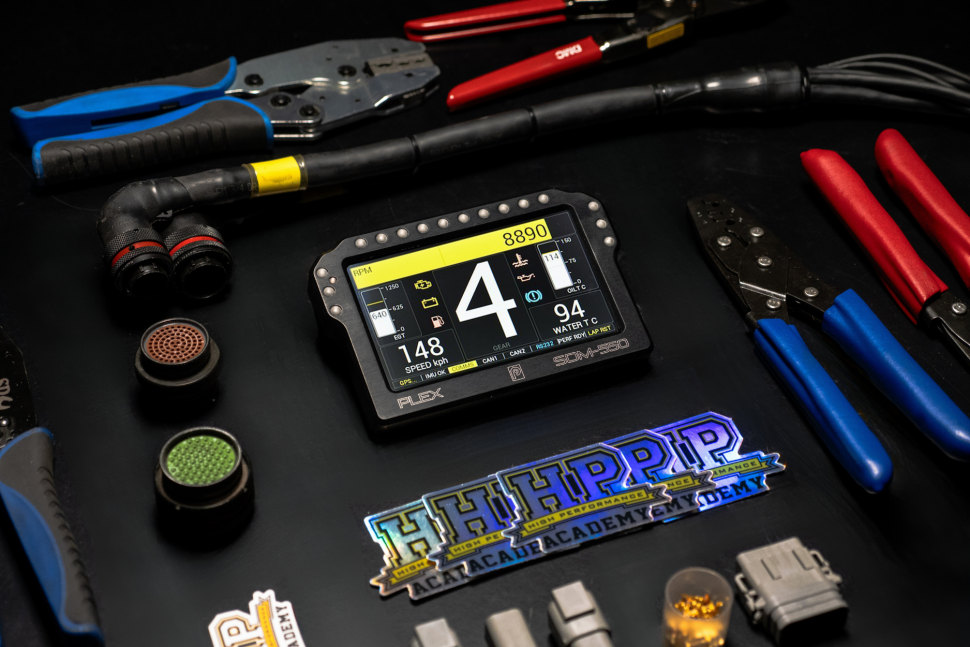MoTeC M1 Software Tutorial: Fuel/Ignition Trims
Fuel/Ignition Trims
02.55
| 00:00 | The next worksheet we are going to look at is the Fuel and Ignition trims worksheet. |
| 00:05 | As its name implies, this offers several options for trimming either the fuel or ignition as we see fit. |
| 00:12 | In general the default settings in these tables will be an adequate place for us to start tuning, but its always a good practice to check each of the trims to ensure nothing unexpected is happening. |
| 00:23 | The first two trims allow the fuel volume to be trimmed based on the Auxiliary Output 1 duty cycle which we have already looked at in the Auxiliary Output setup earlier, or based on the Auxiliary Timer function if you are using it. |
| 00:38 | These trims aren’t normally used and by default they are set to 0. |
| 00:42 | If you wish to use them you can enable the axis and configure a two dimensional table to suit. |
| 00:49 | Moving down we have some trims that should be a little more common. |
| 00:52 | These are the ‘Coolant Temperature Fuel Volume Trim’, ‘Engine Crank Fuel Volume Trim’, and the ‘Engine Post Start Fuel Volume Trim’. |
| 01:01 | These trims can be used to effect the delivered fuel volume to achieve clean starting and good cold start and warm up performance. |
| 01:10 | In particular you can see that both the ‘Coolant Temperature’ and ‘Post Start’ trims have the ‘Q’ icon displayed which means we can use the Q key to automatically calibrate the sites in the trim table based on the feedback from a lambda sensor. |
| 01:25 | At the bottom of the list we have ‘Fuel Volume Trim Overall’ which can be used to apply a global trim to the fuel volume delivered, and above this we have a channel displayed that gives us the total sum of any trims in use. |
| 01:39 | Remember that with the M1’s VE fuel model, this isn’t the place to make changes to achieve a different air fuel ratio - That needs to be done in the Mixture Aim table. |
| 01:50 | These trims exist to help maintain the consistency of the mixture across a range of operating conditions. |
| 01:58 | The next aspect we will look at in this worksheet is the individual cylinder trims which we can see here. |
| 02:05 | There shouldn’t really be any surprises here and we have the ability to trim both fuel and ignition timing on each individual cylinder. |
| 02:13 | By default all these trims are set to zero, and we can either enter a global trim for a particular cylinder, or alternatively we can press ‘A’ to open the Axis Setup window and configure each trim as a three dimensional table. |
| 02:28 | This is important if you want to just trim a particular area in the load or rpm. |
| 02:34 | You can see that the fuel trims display the ‘Q’ icon and you can use the quick lambda function to tune these trim tables if you wish. |
| 02:43 | At the bottom of the worksheet we have a quick way of applying an overall trim to either ignition or fuel, and beside this we have a display of the current trims that are active at any time. |





